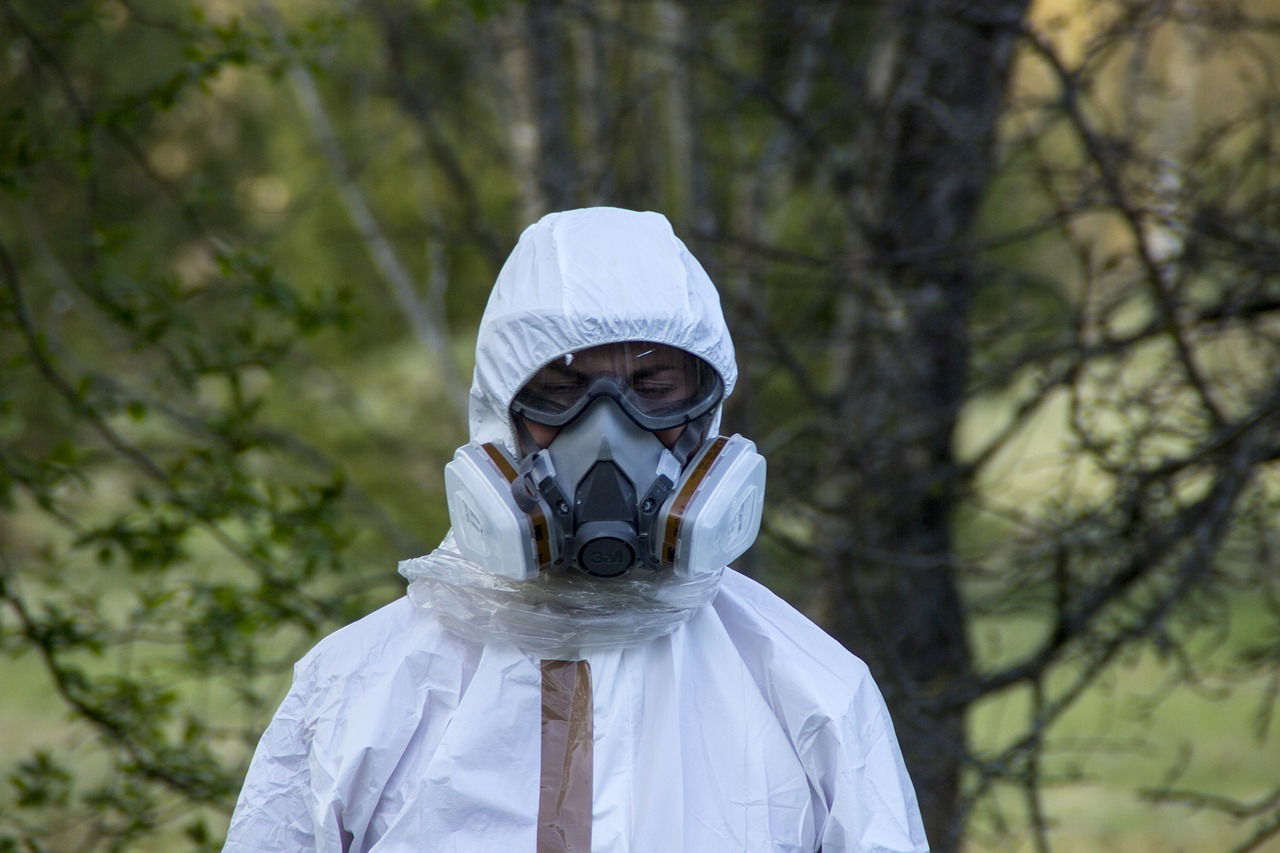What To Do When An Emergency Chemical Spill Occurs

Emergency chemical spills occur in many situations, but the most dangerous is when a hazardous chemical is stored improperly. The storage of these chemicals is required by law so that they can be used properly and there is protection of the environment from contamination. Proper storage of these chemicals will prevent them from evaporating or spreading when placed in water. The most common types of spill kits contain spill response solutions that include absorbent socks, gowns, gloves, and face masks. Other items that may be necessary to have on hand are fire extinguishers, bags, and the proper spill response equipment, read this article for more details.
In some cases, there will not be a spill response system or other protective gear available to treat the emergency chemical spill. If this is the case, the safest course of action is to contain the spill and then remove the contaminated materials from the area. Contamination of the general public may also occur if precautions are not taken to protect the public from exposure to the spill. In this case, it is important to call the spill response center for assistance.
If the emergency chemical spill response plan does not include specific instructions, then the local health department should be contacted and asked for advice. The health department may offer information regarding emergency response kits and provide contact information for spill response professionals. It is important to follow the instructions exactly as they are given because repeated or inaccurate responses can lead to health hazard exposure. For instance, if instructions are followed to the letter, but the victim is unable to contain the spill and clean up the mess, this may mean an increased risk for health issues.
If there is an emergency chemical spill response kit that does not include the specific components needed for chemical treatment, the kit should be supplemented with the following: absorbent towels, gowns and gloves. All individuals that are potentially exposed should wear safety clothing and coverings such as those recommended for chemical exposure. There should be at least one adult in the spill response team and all staff should wear gloves. All materials handling the spill should be done in a way that does not put the worker at risk for any type of chemical exposure, click here for more info.
If you are unsure about what to do during an emergency chemical spill situation, contact your workplace safety department or the Department of Health. Do not clean up the spill yourself until all the necessary equipment and supplies are on hand. If clean up is to take place indoors, ensure that the area is well ventilated so that no dangerous fumes are inhaled. Once the spill has been contained, it is important to contain the spill so that it does not dissipate and start to pose a threat to public health or the environment.
Emergency spill response kits should be stored properly to keep them effective and safe. This can best be done by not storing them near a source of water or another potentially flammable material. Containers should be marked with the contents of the kit so that they can be quickly located after an emergency. Containers should also be kept in places where access is easily blocked such as in the office or kitchen. Finally, when the spill has been contained, emergency response teams should be notified so that cleanup can begin immediately.
For more information related to the article above, please click here: https://en.wikipedia.org/wiki/Chemical_accident.
